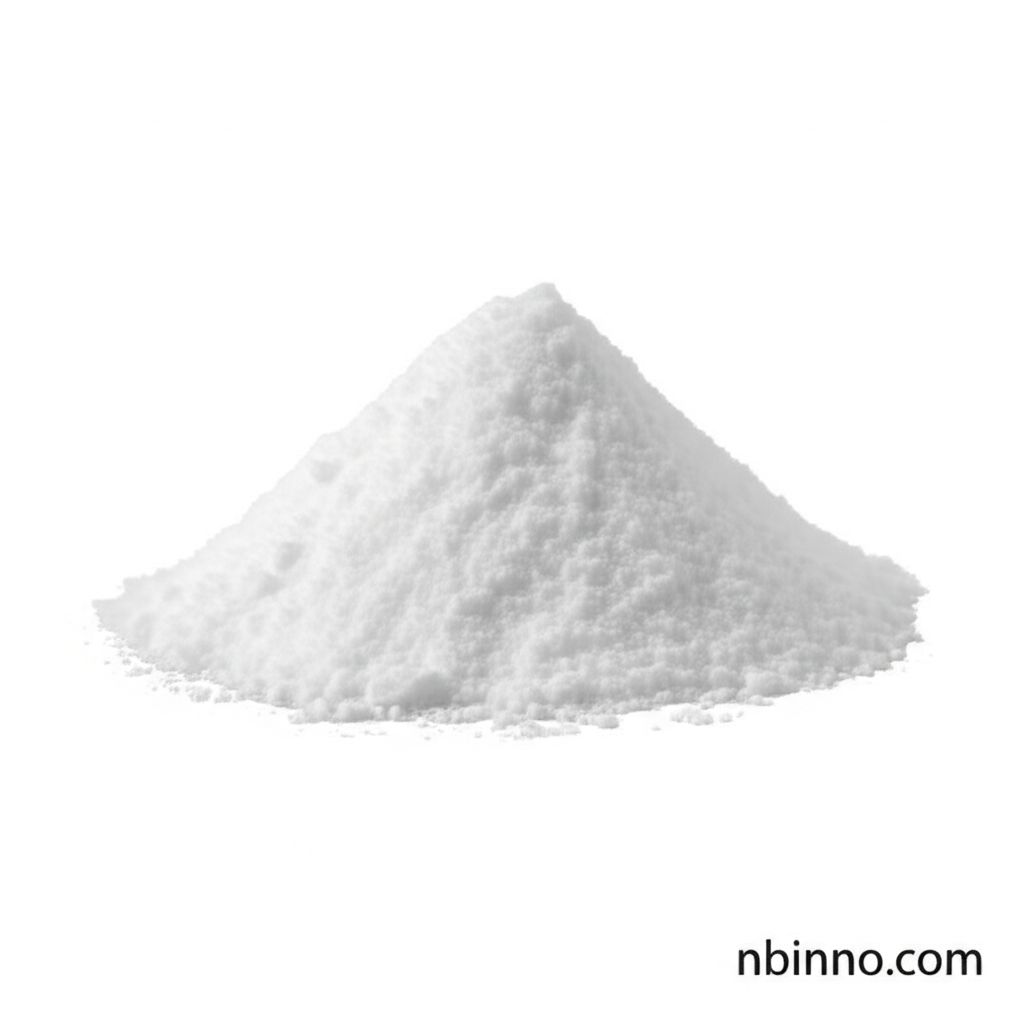Uridine-5'-Triphosphoric Acid Trisodium Salt: Essential for Biological Research
Discover the critical role of UTP-Na3 in cellular signaling and pancreatic function regulation.
Get a Quote & SampleProduct Core Value

Uridine-5'-Triphosphoric Acid Trisodium Salt
Uridine-5'-Triphosphoric Acid Trisodium Salt, identified by CAS 19817-92-6, is a vital nucleotide serving as a P2Y receptor agonist and stimulant. Its applications are crucial in understanding and modulating cellular signaling pathways and regulating pancreatic endocrine and exocrine functions.
- P2Y receptor agonist capabilities are central to its biological function, making it a key compound for research into cellular communication.
- Understanding nucleotide for pancreatic function is enhanced by this product's availability, aiding studies in metabolic and digestive health.
- As a biochemical research reagent, its high purity ensures reliable results in various laboratory experiments.
- The freeze-dried powder form offers stability and ease of use for researchers requiring precise measurements.
Advantages Provided by the Product
High Purity and Quality Standards
Achieve reliable experimental outcomes with a product that meets stringent GMP, USP, and EP standards, essential for pharmaceutical-grade UTP-Na3.
Versatile Biological Activity
Leverage its role as a P2Y receptor agonist to explore cellular signaling mechanisms and therapeutic targets in various disease states.
Cost-Effective and Accessible
Benefit from competitive pricing and efficient transportation options, making this essential biochemical readily available for your research needs.
Key Applications
Cellular Signaling Research
Investigate intracellular signaling cascades and cell-to-cell communication using this potent nucleotide for P2Y receptor stimulation.
Pancreatic Function Studies
Explore the regulation of pancreatic endocrine and exocrine functions by utilizing UTP-Na3 as a research tool.
Drug Discovery and Development
Its role as a P2Y receptor agonist makes it valuable in screening for new therapeutic agents targeting related biological pathways.
Biochemical Assays
Employ this high-purity biochemical as a standard or reagent in various biochemical assays requiring precise nucleotide concentrations.
